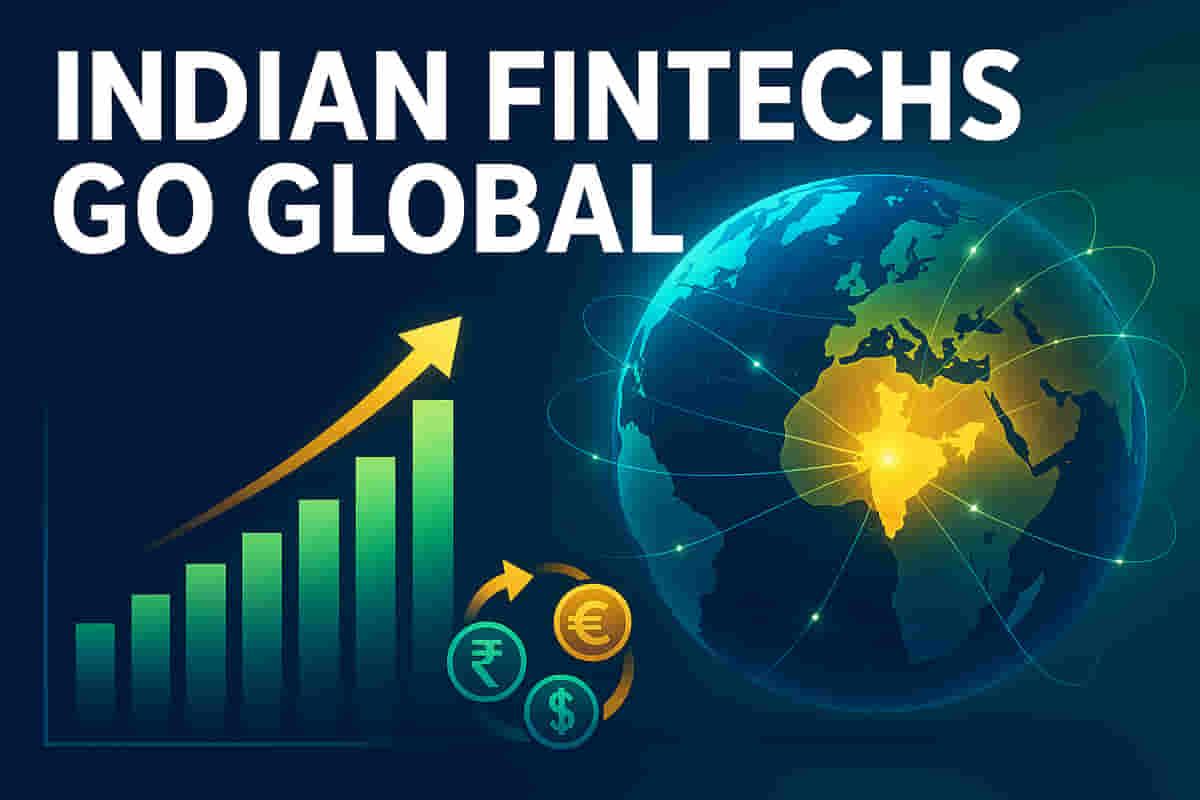Indian Fintechs Target Global Expansion Amidst Domestic Payment Margin Challenges
Tech
|
Updated on 31 Oct 2025, 03:59 am
Reviewed By
Aditi Singh | Whalesbook News Team
Short Description :

▶
Stocks Mentioned :
Detailed Coverage :
Indian financial technology (fintech) companies are increasingly focusing on global expansion as a strategy to counter the low payment margins prevalent in the domestic market. The Unified Payments Interface (UPI), India's dominant real-time payments system, operates with negligible merchant discount rates, making it difficult for fintechs to monetize effectively. This push for international growth is supported by a robust and adaptable technology infrastructure within Indian fintech players, enabling them to navigate local regulations and compliance requirements in new markets.
However, scaling cross-border payment businesses presents significant hurdles, including managing risk, adhering to diverse compliance and taxation laws, ensuring speed, and controlling costs. Executives are targeting regions like Southeast Asia, Asia-Pacific, and the US to achieve profitability and deepen their global presence.
Discussions at the Business Standard BFSI Insight Summit 2025 also touched upon the potential of digital currencies. Stablecoins are not expected to gain widespread adoption in India soon due to compliance concerns. Conversely, Central Bank Digital Currencies (CBDCs) are seen as a tool for targeted initiatives like direct benefit transfers, although challenges remain in integrating distributed architectures with centralized systems.
The Society for Worldwide Interbank Financial Telecommunication (SWIFT) was highlighted as an expensive system that benefits banks through passbacks, but offers no such advantage to fintech companies, posing a significant challenge for cross-border transactions.
**Impact** This news is important for Indian fintech companies as it outlines their strategic direction, growth opportunities, and the challenges they must overcome to achieve global scale. It can impact their future revenue streams, profitability, and market valuation. The development of cross-border payment capabilities could also enhance India's position in the global digital economy. Rating: 7/10
**Difficult Terms** * **UPI (Unified Payments Interface):** India's instant payment system that enables real-time money transfer between bank accounts. * **SWIFT (Society for Worldwide Interbank Financial Telecommunication):** A global network used by financial institutions to send and receive information, such as money transfer instructions, securely. * **Fintech:** Financial Technology, the use of technology to deliver financial services and products. * **CBDC (Central Bank Digital Currency):** A digital form of a country's fiat currency, issued and regulated by the central bank. * **Stablecoins:** A type of cryptocurrency whose value is pegged to a stable asset, such as a fiat currency (e.g., US dollar) or a commodity. * **Merchant Discount Rate (MDR):** A fee charged by a merchant's bank to process credit or debit card transactions. Typically paid by the merchant. * **Tier-III citizens:** Refers to residents of smaller cities or towns, generally with lower population and economic activity compared to metropolitan areas.
More from Tech

Tech
Indian IT services companies are facing AI impact on future hiring

Tech
Why Pine Labs’ head believes Ebitda is a better measure of the company’s value
Latest News

Auto
Suzuki and Honda aren’t sure India is ready for small EVs. Here’s why.

Brokerage Reports
Stocks to buy: Raja Venkatraman's top picks for 4 November

Mutual Funds
Quantum Mutual Fund stages a comeback with a new CEO and revamped strategies; eyes sustainable growth

Banking/Finance
SEBI is forcing a nifty bank shake-up: Are PNB and BoB the new ‘must-owns’?

Industrial Goods/Services
India’s Warren Buffett just made 2 rare moves: What he’s buying (and selling)

Startups/VC
a16z pauses its famed TxO Fund for underserved founders, lays off staff
Energy Sector

Energy
India's green power pipeline had become clogged. A mega clean-up is on cards.
Renewables Sector

Renewables
Brookfield lines up $12 bn for green energy in Andhra as it eyes $100 bn India expansion by 2030
Energy Sector

India's green power pipeline had become clogged. A mega clean-up is on cards.
Renewables Sector
